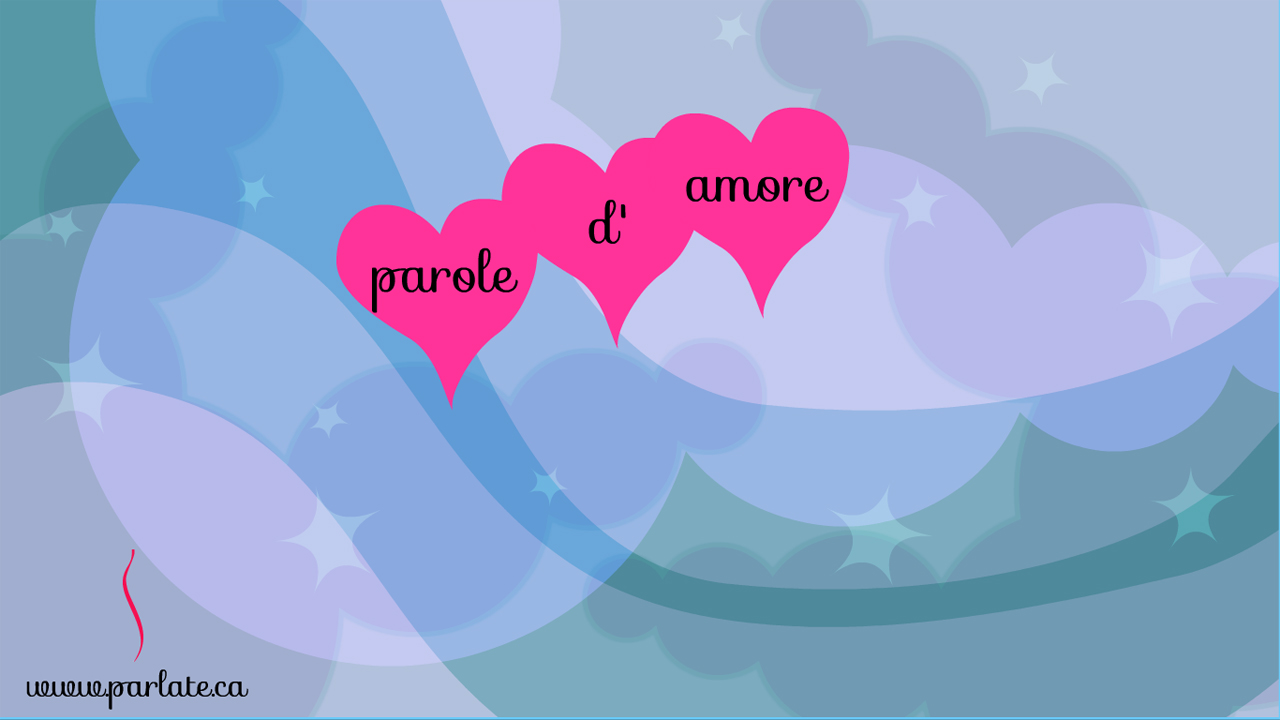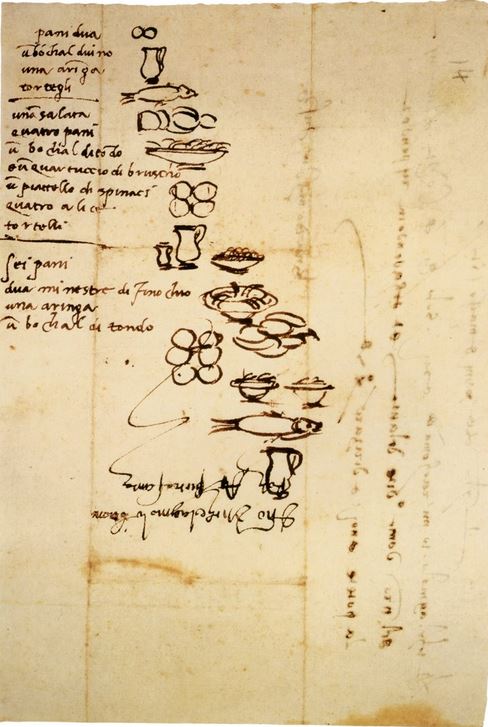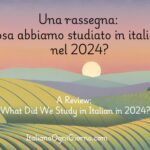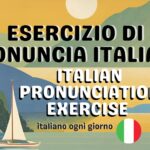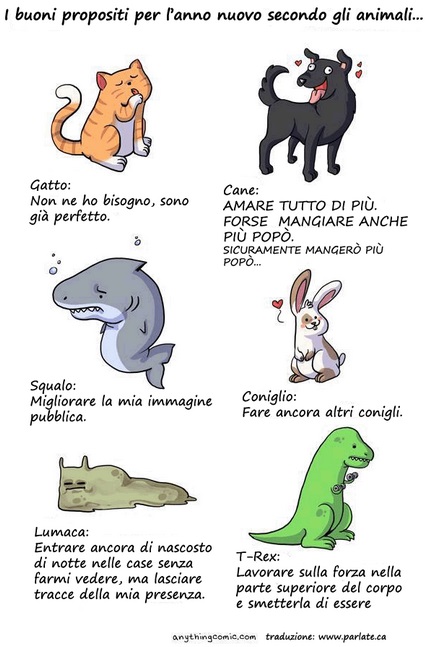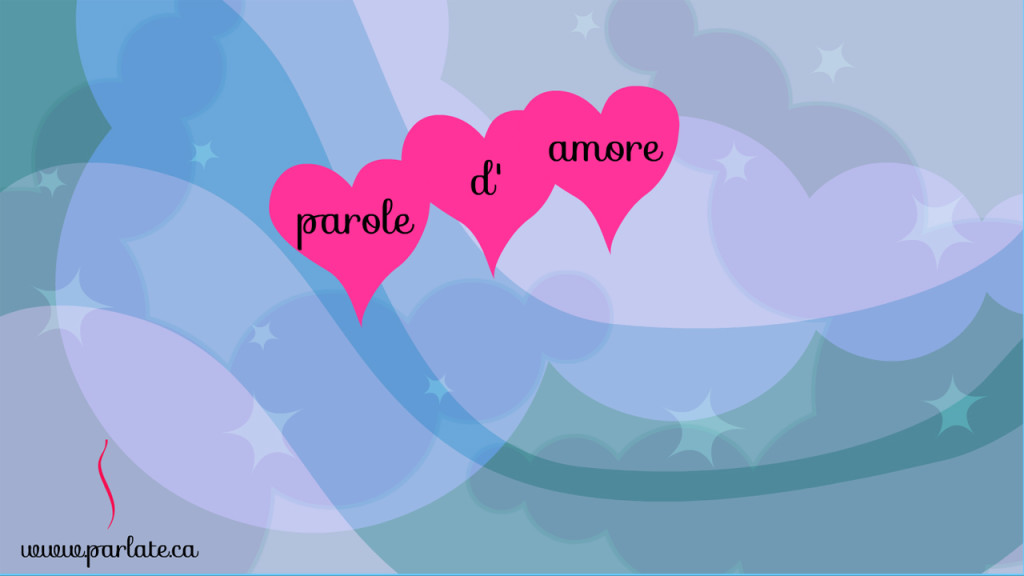
by Mirella Colalillo, February 12, 2015
(English Follows)
Qual è secondo te la parola più famosa della lingua italiana? L’abbiamo sentita cantata tante volte da Dean Martin in “That’s Amore“. Gli italiani la stra-usano ad ogni occasione: “queste scarpe sono un amore”, “quel ragazzo/a è un amore”, “questa canzone è un amore”,… e così via.
Un’inguaribile romantica come me la usa non solo per chiamare tutti i gatti del quartiere, ma anche i suoi amici. Non credo che sia necessario un limite all’uso, anzi, più esprimiamo sentimenti di amore, più stiamo meglio tutti.
L’amore si accompagna sempre ad altre parole e gesti che ne danno il vero significato. In questo video ho compilato una lista di quelle che considero le più importanti.
gioia – joy
fiducia – trust
rispetto – respect
onestà – honesty
stima – praise
sostegno – support
pazienza – patience
creatività – creativity
Questo video è un amore… Una e-card da condividere con tutte le persone che ami.
Per concludere in dolcezza, Febbraio è un mese romantico e anche ricco di peccaminosi dolci di Carnevale. Non ho resistito e ho creato questa golosità. Sapete come si chiama?
Con tanto amore,
Mirella
What do you think is the most famous word of the Italian language? We’ve heard it sung so many times by Dean Martin in “That’s Amore“. Italians over use it at every opportunity: “queste scarpe sono un amore”, “quel ragazzo/a è un amore”, “questa canzone è un amore” (“these shoes are a love“, “the boy/girl is a love“, “this song is a love,”) … and so on.
A hopeless romantic like myself uses it not only to call all the cats in the neigborhood, but also her friends. I don’t think it’s necessary to limit it’s use, on the contrary, the more we express feelings of love, the more we are all better.
Love is always accompanied by other words and gestures that give it its true meaning. In this video, I’ve compiled a list of what I consider to be the most important ones.
gioia – joy
fiducia – trust
rispetto – respect
onestà – honesty
stima – praise
sostegno – support
pazienza – patience
creatività – creativity
This video is a love… questo video è un amore. An e-card to share with all the people you love.
To end on a sweet note, February is a month full of sinful Carnival sweets. I could not resist and I created this delicacy. Do you know what it’s called?
With lots of love,
Mirella
Join the ITALIANO ALLA MANO club for weekly study plans, learning materials and tips:

